
Peoples and Languages
Social Media
Leave comments, suggestions, keep an eye on news in our groups on VK, Odnoklassniki and Telegram channel

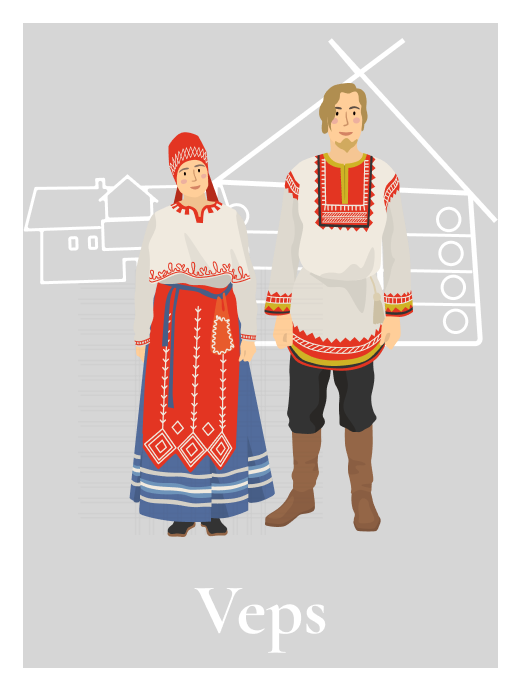
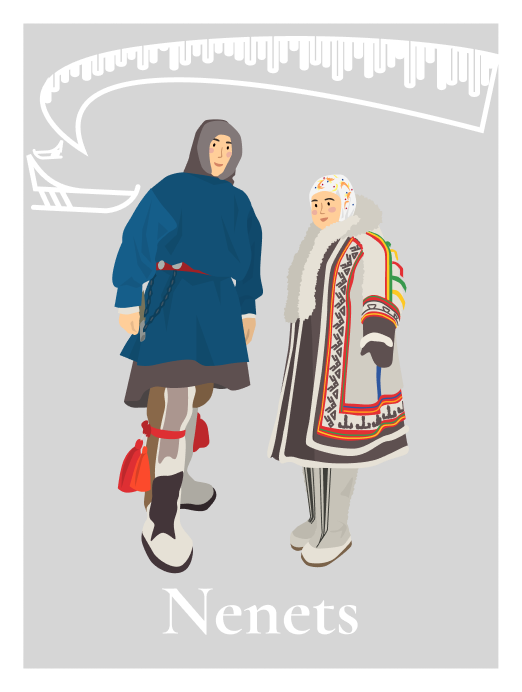
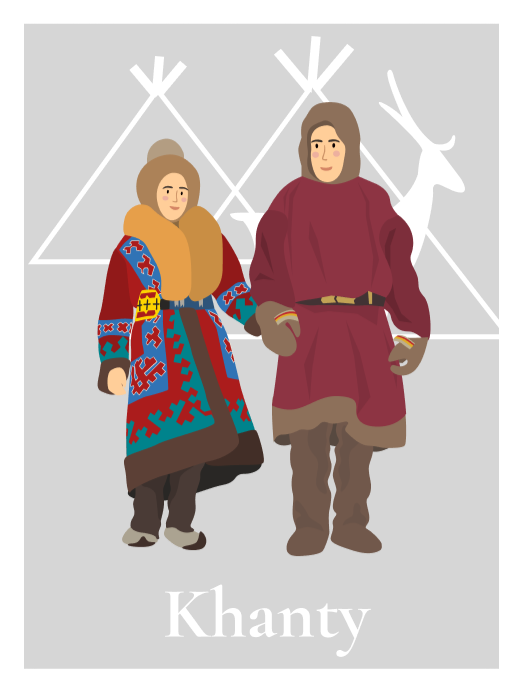


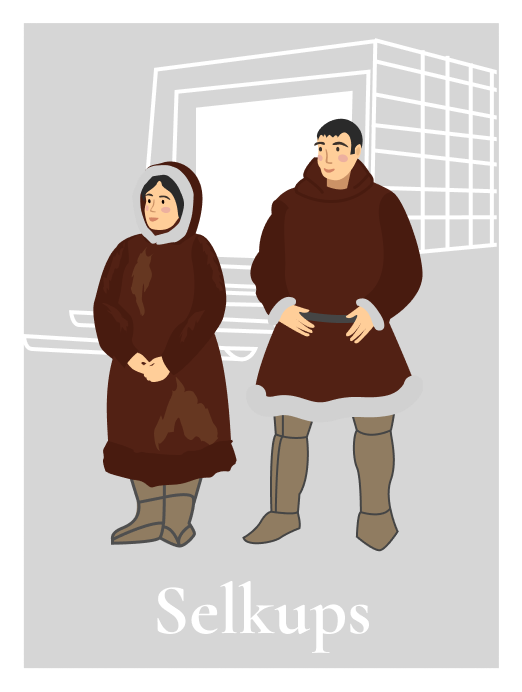
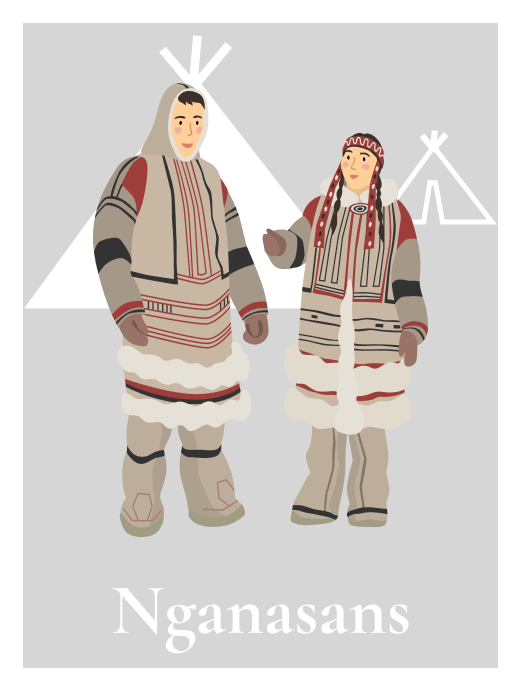
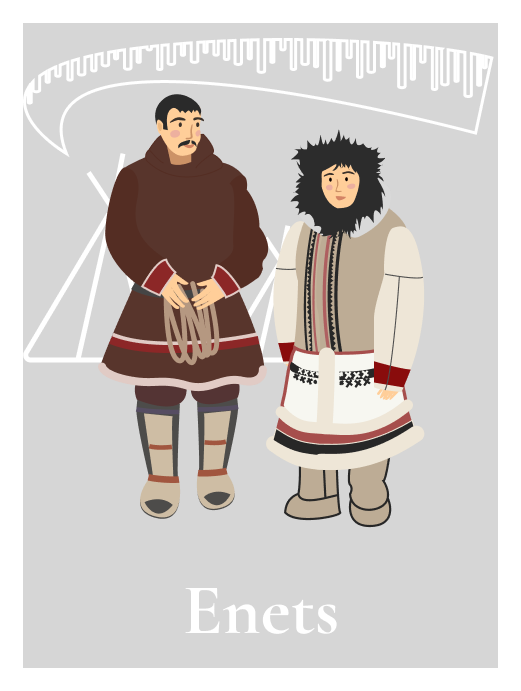

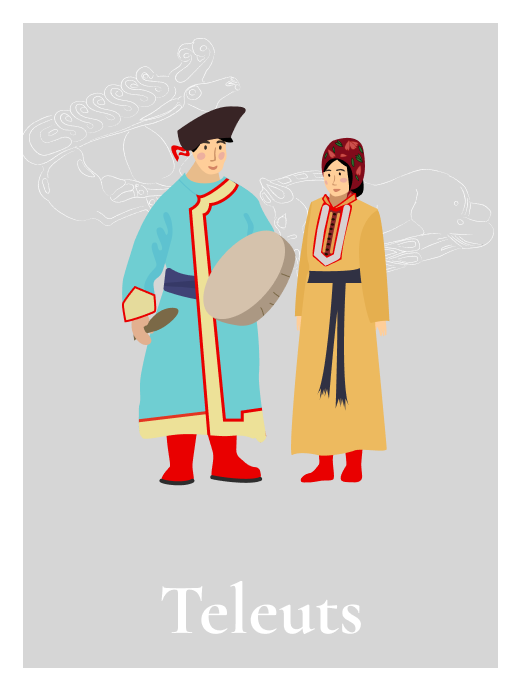


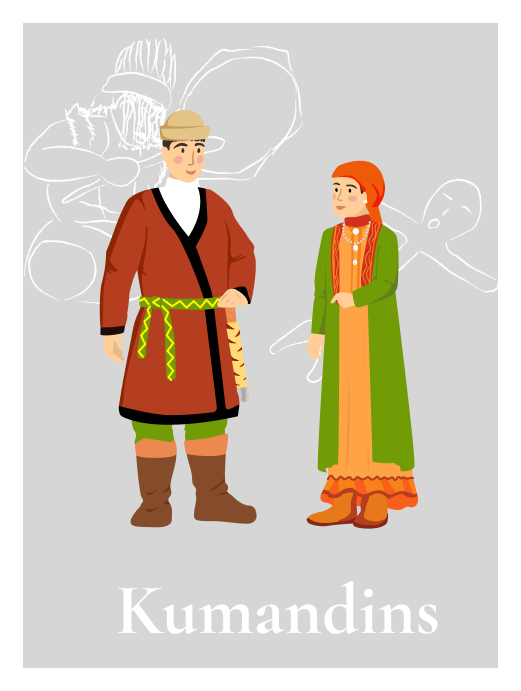
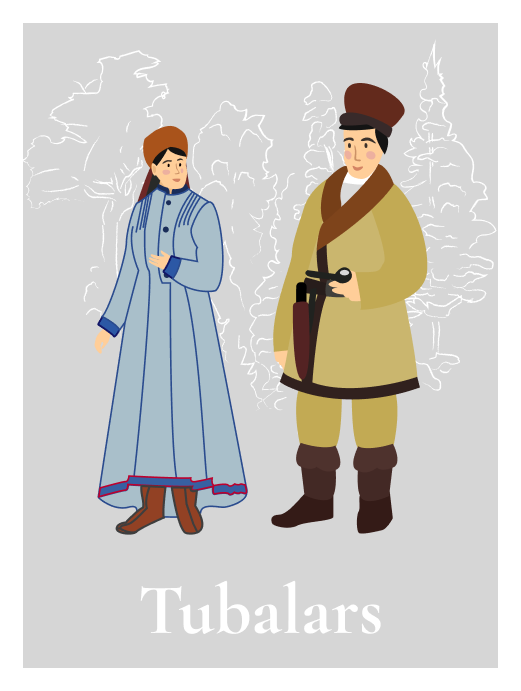
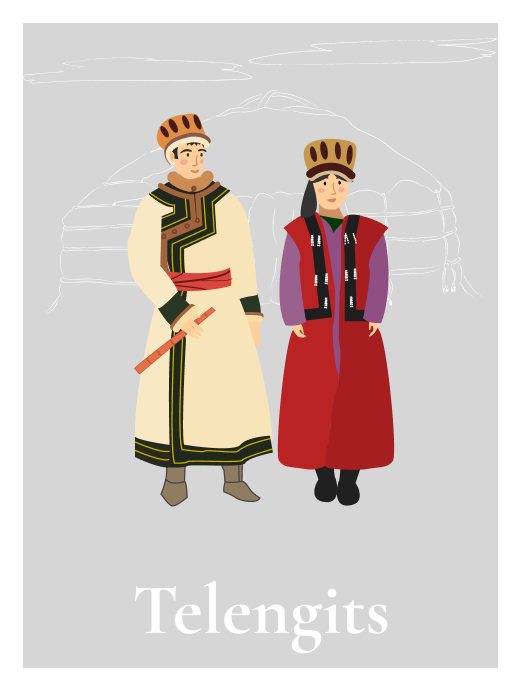


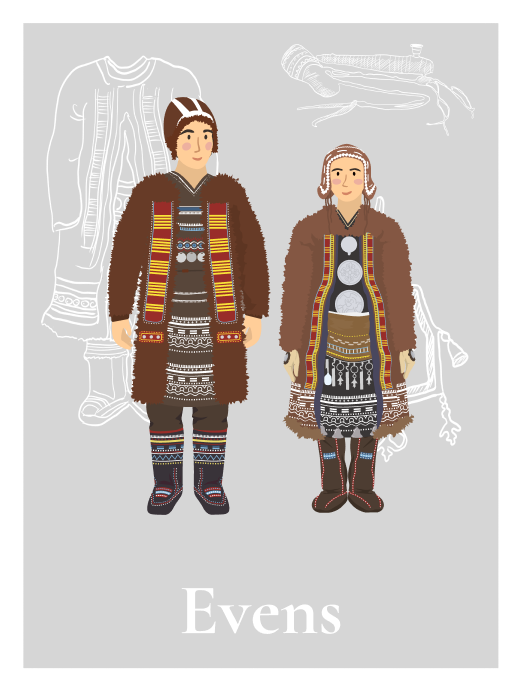
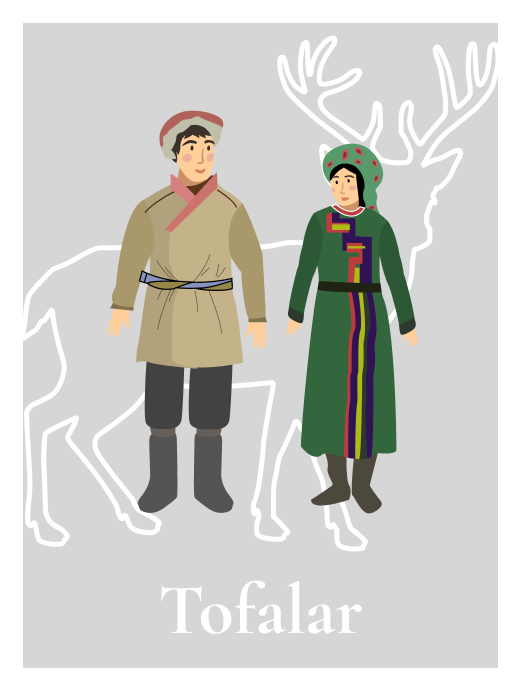
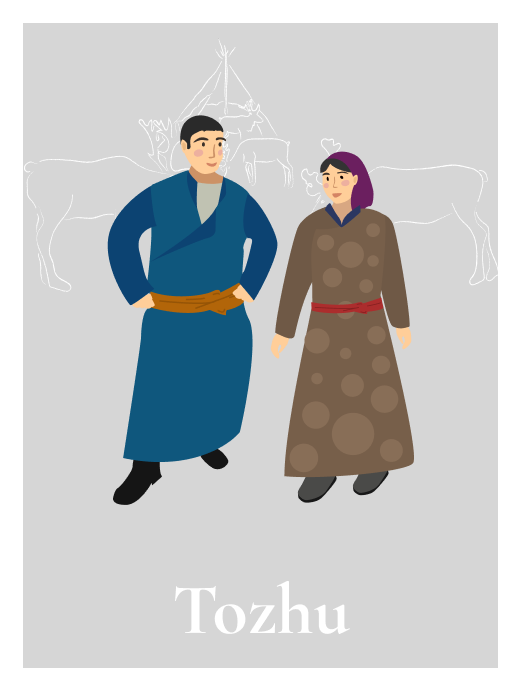
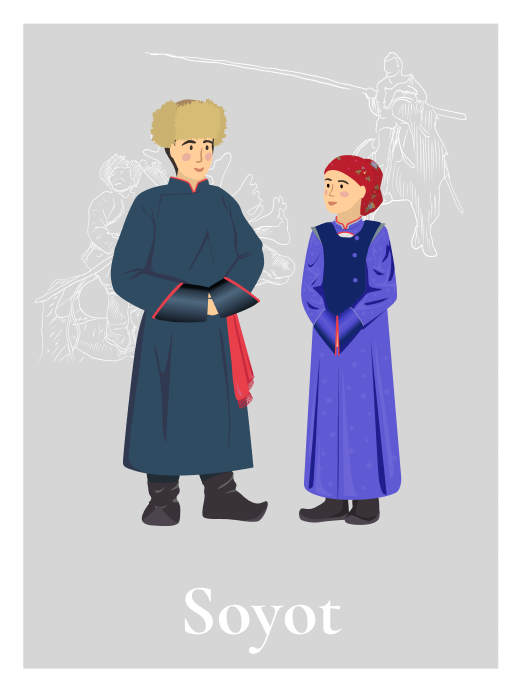
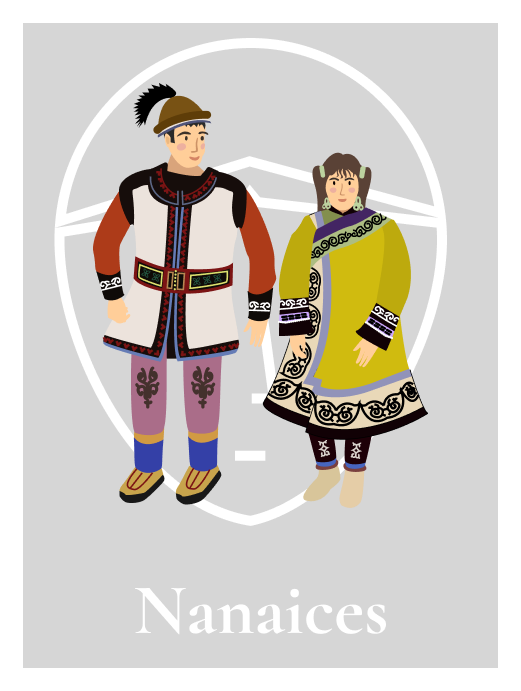
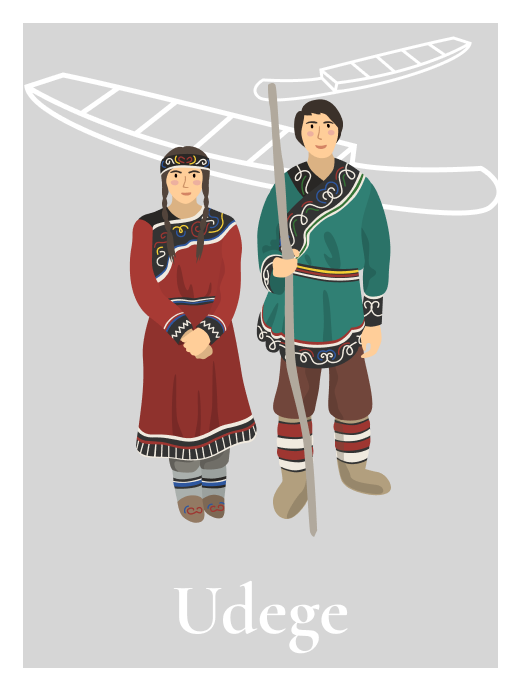

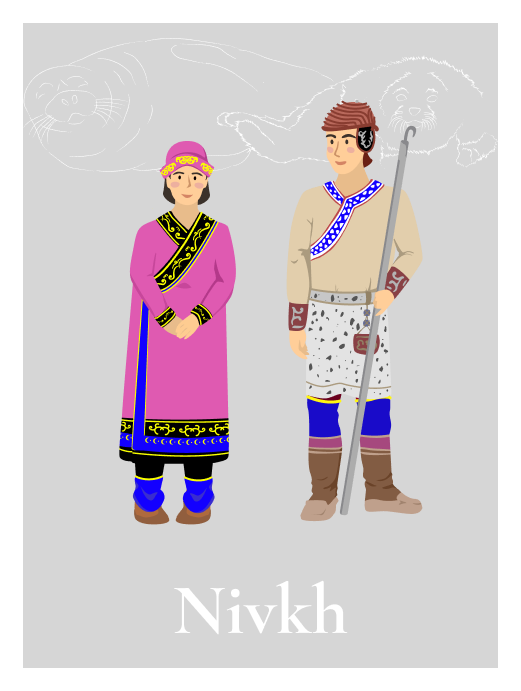




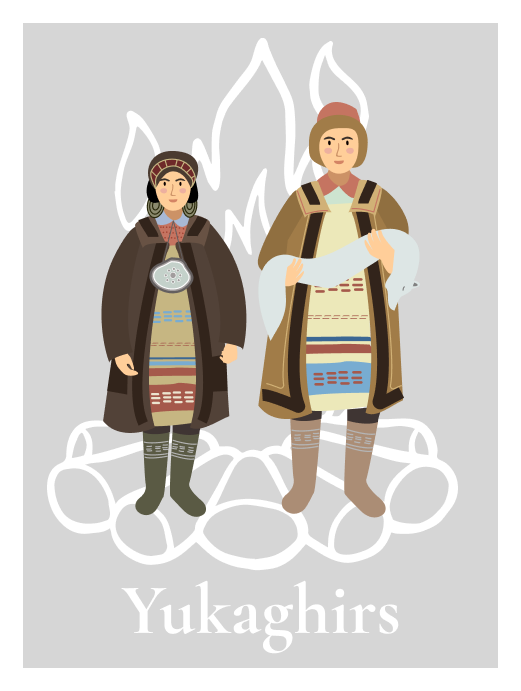

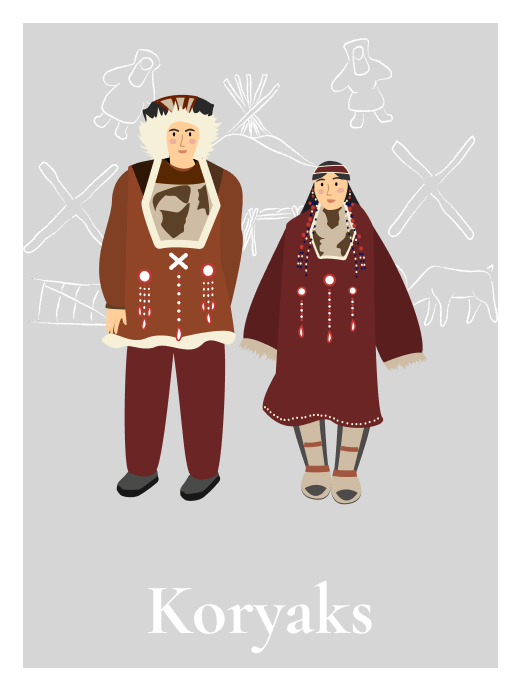

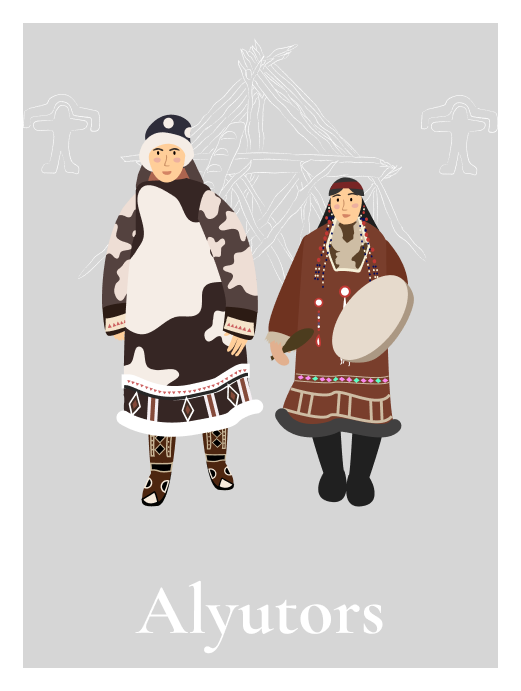

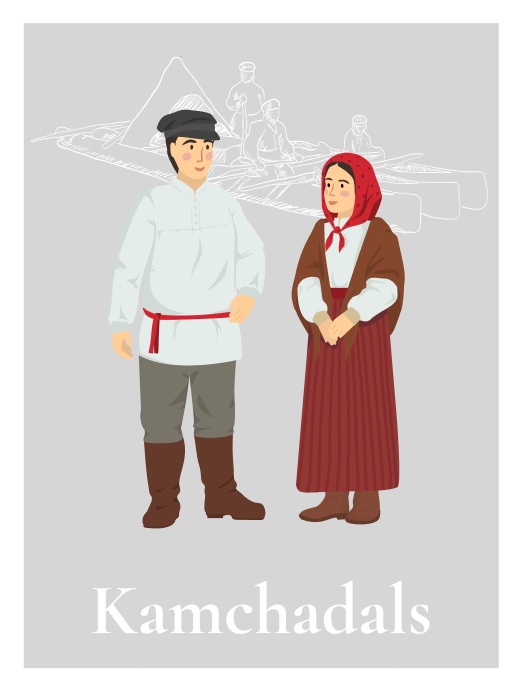
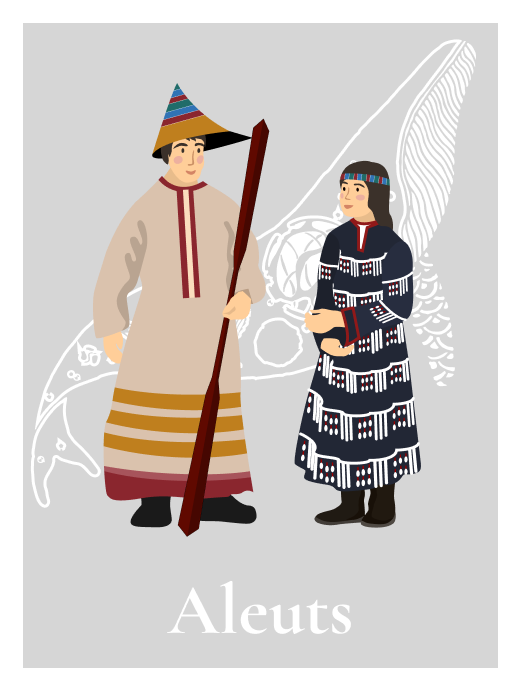

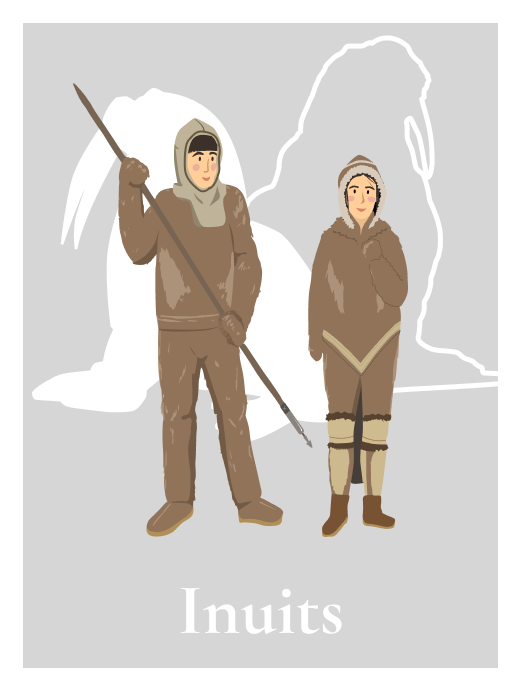
The Kamchadals are a people of mixed ethnic origin living on the Kamchatka Peninsula (Kamchatka Territory) and on the northeastern coast of the Sea of Okhotsk (Magadan region).
Initially, the term Kamchadals was used to refer to the indigenous small-numbered people who lived in Kamchatka before the arrival of the Russians (endonym Itelmens). Gradually, in historical and ethnographic literature, the term Kamchadals came to mean the most Russified Kamchatka aborigines, who entered into marriages with Russian Cossacks and peasants in the 18th-19th centuries.
Kamchatka Territory was formed on July 1, 2007 following the unification of the Kamchatka region and the Koryak Autonomous Area. According to the census of 2010, over 322 thousand people lived in the region, with the following ethnic groups predominating: 252.6 thousand Russians (78.43%), 11.5 thousand Ukrainians (3.57%), 6.6 thousand Koryaks (2.06%), 2.4 thousand Itelmens (0.74%). The region is characterized by a constant population decline, both due to migration to the central regions of the country and a decrease in reproduction.

The worldview of the Kamchadals was based on a combination of Christianity and the customs, rituals and ideas adopted from the aboriginal population. Of decisive importance was the Russian Orthodox Church with its rituals regulating the main stages of a person’s life path and structuring the annual and daily activities of the congregation.